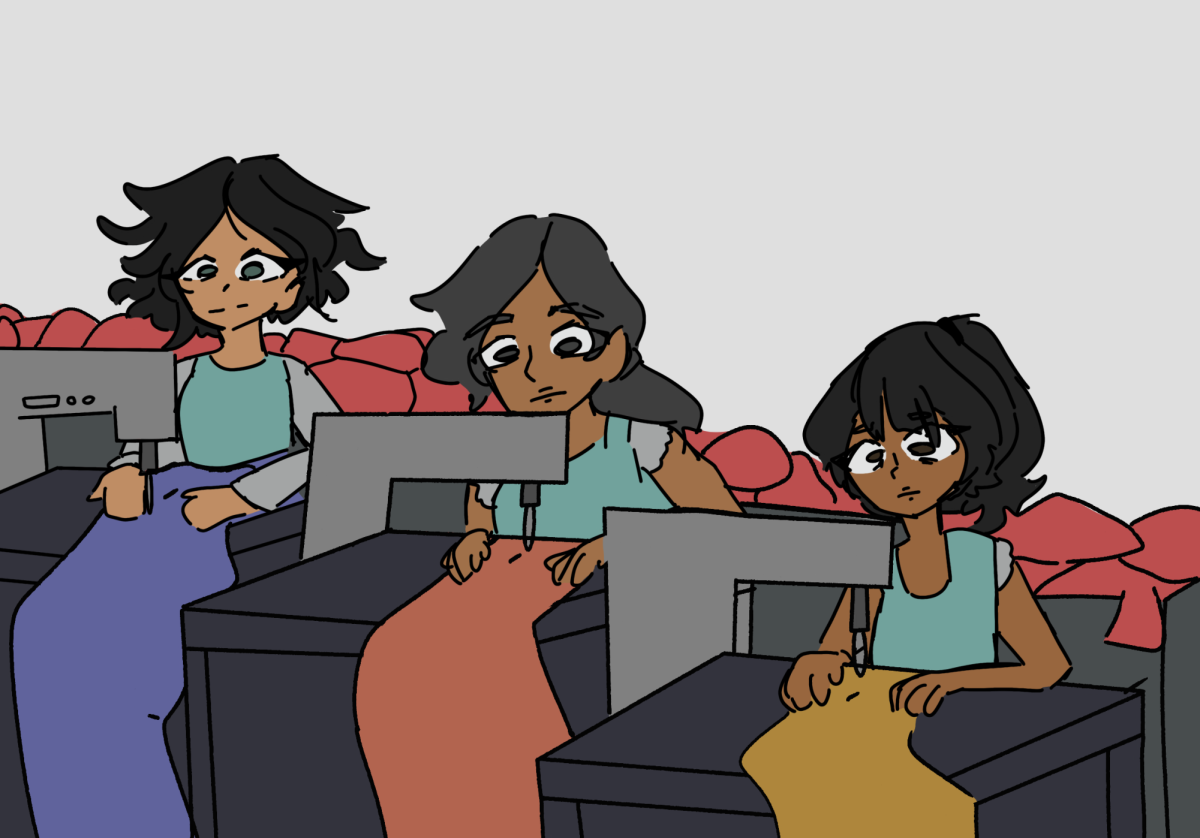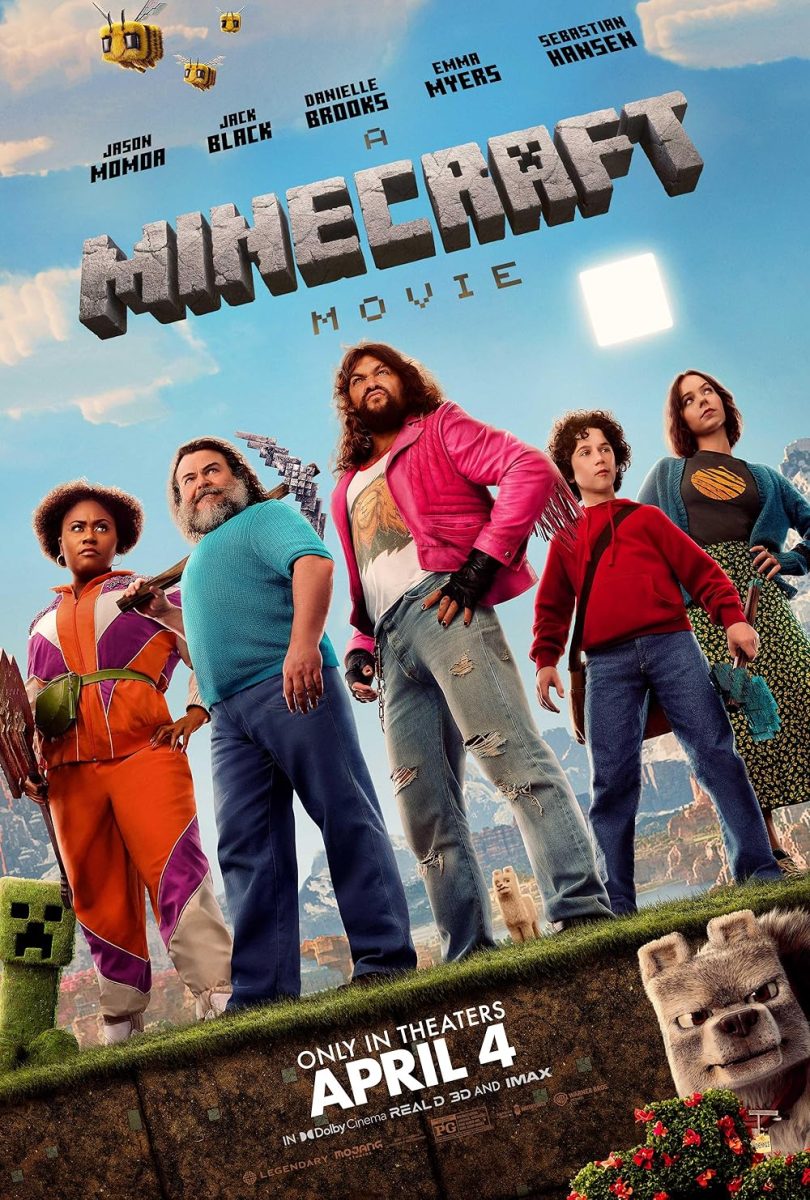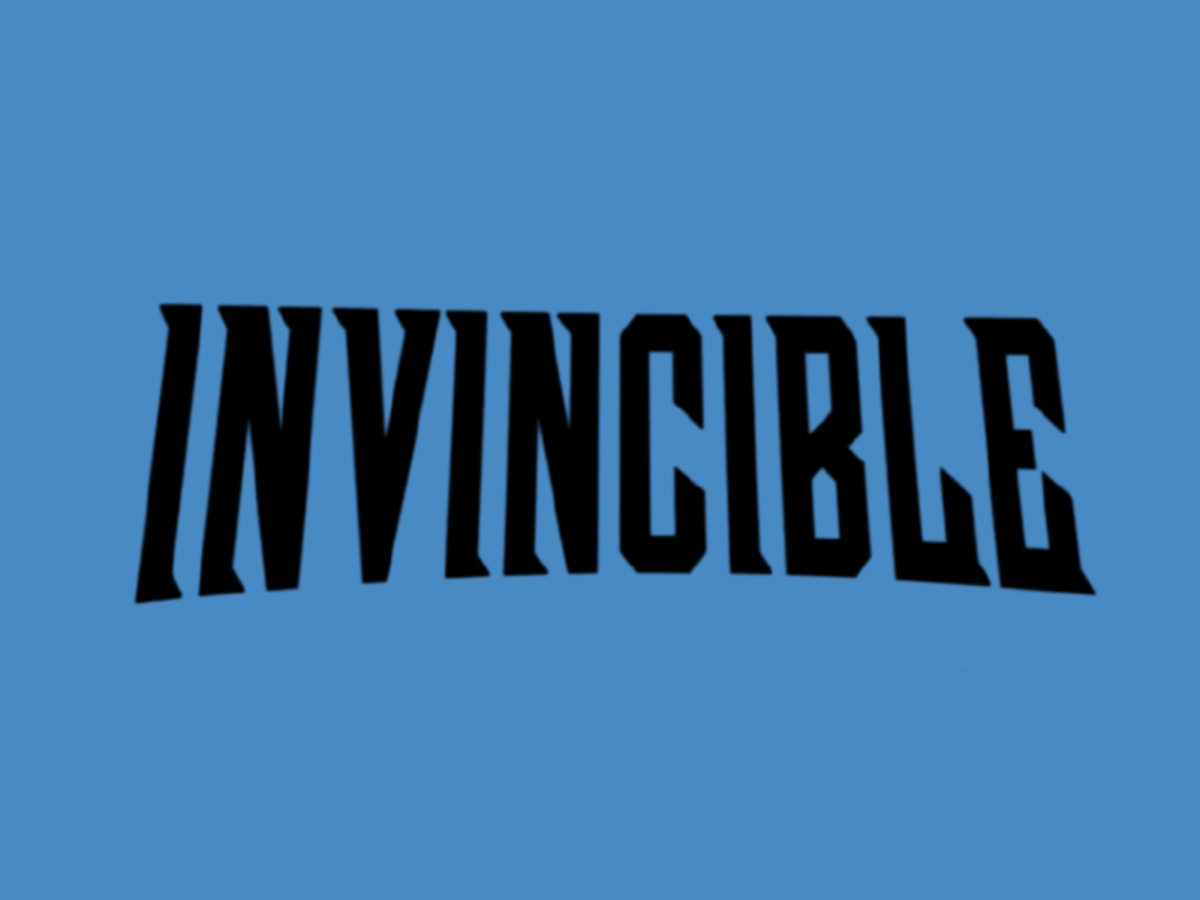Fast fashion in its most basic form is inexpensive clothing that represents the latest trends. Straight from the catwalk to our closets.
Fashion was never supposed to evolve into being one of the most harmful pollutants to our planet. This fashion apocalypse started in the 1980-90s when product demand became higher.
“Intending to match the breakneck pace at which fashion trends move. The style became cheap, convenient, and consumable,” said Evelyn Wang, New York Time Summer contest winner.
Before the 90s fashion was for the wealthy, everyone else had clothes that were practical. In the 1800’s sweatshops started popping up during the Industrial Revolution. Textiles started getting produced at faster and cheaper rates. Although the product was being produced, the working conditions were not ideal. Leading to sickness and many, many fires. The most popular case is the New York’s Triangle Shirtwaist Factory in 1911. Many working-class immigrant women lost their lives.
Many look back at the Shirtwaist Factory fire as a thing of the past that can be learned from, so why are companies still using the same techniques and practices that caused fires in the past and still do? Also, why are the working conditions worse than ever?
Factories that produce these clothes are out of the country, in 3 world countries. Meaning they don’t follow the American “The Occupational Safety and Health Act”.
“Factories are most commonly located in developing countries that can provide a cheap workforce with limited workers’ rights and safety regulations,” Vetements said.
These workers are mostly women, but children are sprinkled in there too. These people being paid an unlivable wage that leads them to work more and more because most are paid per garment.
While fast fashion has many, many drawbacks there is one big benefit. The cheap clothes! $5 shirts and $15 leggings, who could resist? It is one of the only reasons this tragic cycle has ensued. Many do not have the money to drop on new clothes.
“I do tend to buy clothing that is less expensive or save up to purchase a garment that is more expensive because I don’t have a lot of spendable income,” fashion teacher Opal Stephens said.
Most middle-class Americans do not have the extra money to spend on clothes, so it makes sense why people are turning a blind eye to the dangers of fast fashion.
“As for the person that’s buying it I could say it benefits you,” Senior Cristian Mejia said.
Fast fashion is harmful all the way from production to when it is thrown away in landfills.
“They don’t last long anyway so wearing it once or twice isn’t gonna benefit me,” Senior Sophia Chafin said.
Fast fashion has created many problems in a cycle of destruction called fashion.
“Fast fashion has a lot of negativities with copied styles from the runway, poor conditions and low pay for the workers, production waste that is damaging to the environment, and high amounts of chemicals in fabrics that are harmful to people. Fast fashion is not good, but it can be difficult to shop other places.” Stephens said.







